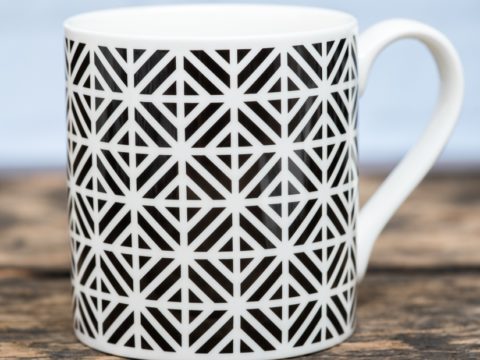James Melville: Inheritance
On 9th February, 1570 Henry Balnaves died. Balnaves was a ‘Senator of Our Sovereign Lord’s College of Justice’ otherwise known as a Lord of Session.A native of Fife, Balnaves was born around 1502 but does not seem to have been of a particularly illustrious background. In 1526 he was enrolled in St Salvator’s College, at the University of St Andrew’s, suggesting that he was planning at one point to join the priesthood, as most university students did. Balnaves, however, specialised in law. After a period in the Low Countries and Cologne, during which he was converted to Protestantism, he returned to Scotland.
Back in Fife, he either became acquainted with, or renewed a friendship with Sir John Melville of Raith. Balnaves was employed as a treasurer by Sir James Kirkcaldy of Grange, whose wife was Sir John Melville’s daughter, Janet.By 1537, he was an Advocate in front of the Court of Session, becoming a Lord of Session on 31st July 1538. On 8th August 1539 he and his wife, Christian Scheves, acquired lands at Halhill, East Colessie, in Fife from Sir Alexander Cumming of Inverlochy, with an entail to their lawful children.
It does not appear that Balnaves had any children, and when he made his will on 3 rd January 1570, he named his adopted son, James Melville, as his heir and executor.
The estate that Melville inherited included:
Lands at Halhill, with barns and barnyard
16 drawing oxen, worth £5 6s 4d each
4 cows, two with calves, worth £4 per head
2 unknown animals, perhaps stirks, worth 40s each
23 ewes at 15s each
34 pigs at 10s each
70 bolls of oats at 13s 4d (a boll was a Scots measure equal to 5 bushels 3 pecks in English measure or about 600kg in metric)
13 bolls of wheat at 30s each (c.108kg)
10 bolls of peas at 20s (c.75 kg)
27 bolls of beer at 26s 4d each (possibly around 35 barrels in modern measurements of 36 gallons to the barrel)
Household goods and utensils to the value of £26 13s 8d.
Outstanding debts owed to the estate, for rent and crops £147 8s.
The whole estate was worth £421 6s 8d Scots (about £105 English) from which Melville was to pay various bequests, including £10 to the poor of Edinburgh.
Balnaves’ best damask gown, lined with velvet, was left to Melville’s wife, Christian Boswell, who was, perhaps, a relative of Mrs Balnaves. We can infer this because Mrs Balnaves left £12 to a lady named Helen Boswell.The remainder of Balnaves’ silk clothes were left to Melville, and various other small bequests of money and clothes to family and friends.
To give an idea of the purchasing power of the money in 2015, a farm and buildings in Fife today would cost in the region of £600,000 – 700,000.
On the death of Melville in 1617, the lands passed to his eldest son, another James, but his direct descendants had died out by the early 18 th century.




